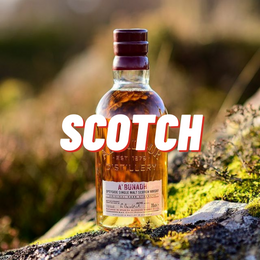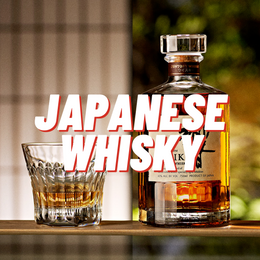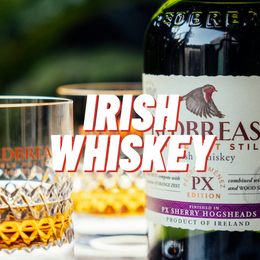
What the heck is that?
There are two main types of stills used for making spirits: (1) pot stills and (2) column stills.
The pot still is the more traditional type of still that dates back to the 8th century AD when an Arabic alchemist, Jabir ibn Hayyan, invented the world’s first pot still that allowed for the effective distillation of liquids. This invention spread to medieval Europe and eventually became used for early whisky distillation.


The typical pot still looks like a giant copper kettle. It comprises of a kettle-like boiler, a swan neck, and a condenser. A beer-like substance is fed into the boiler, that is then heated to the point where alcohol and other volatile flavour compounds evaporate into the swan neck. This vapour is then passed into a condenser which turns the vapour into liquid alcohol.
Who cares?
Pot stills are several times more expensive and effort-intensive to operate than column stills. Firstly, pot stills are operated on a batch-by-batch basis. This means that the distiller must make efforts to feed new batches of beer into the pot stills with each instance of use. Furthermore, just to create a single batch of whisky, it’s necessary for the distiller to run the distillation at least twice to ensure that resulting spirit is pure enough to be made into whisky. Irish whiskey makers tend to distil at least three times.
However, despite its inefficiency compared to column stills, pot stills have the advantage of retaining much more flavour of the malt. When pot stills are fired up, alcohol and other flavour compounds from the malt are turned into vapour and collected in the resulting spirit.
This is why pot stills are required by law to be used to make certain styles of whisky. This includes single malt Scotch whisky and single pot still Irish whiskey.

And that’s not all! The size and shape of the pot stills also affect the final character of the spirit. Glenmorangie Distillery is famous for its very tall “giraffe” stills that leads to a lighter, more delicate-tasting spirit. On the other hand, Macallan Distillery states that its tiny copper stills are one of the most important factors that makes Macallan’s award-winning rich and well-rounded spirit.
Why should I care? What is one thing to take away?
Good stories, deep conversations, gardening, home-cooked meals and falling in love. Some things in life can’t be rushed. Add single malt whisky to that list of things you cannot rush.
Many whisky distilleries continue to use their vintage pot stills dating back to the 1800s. There is an understanding that the imperfections and inefficiencies of the Victorian technology ironically lead to a spirit that carries more complexity and flavour. This is also why whisky made entirely from pot stills tend to be more expensive or categorised as premium whisky.







